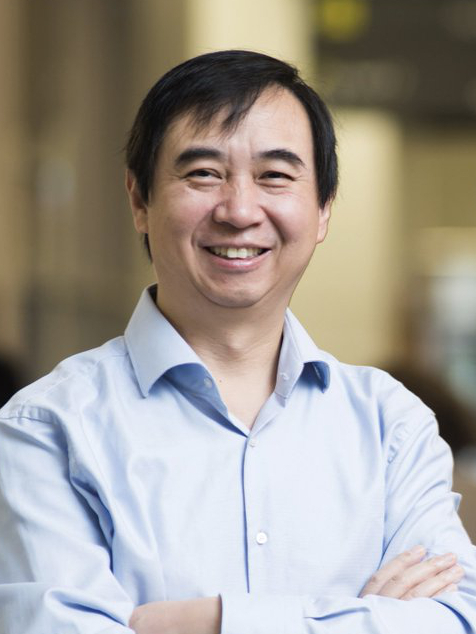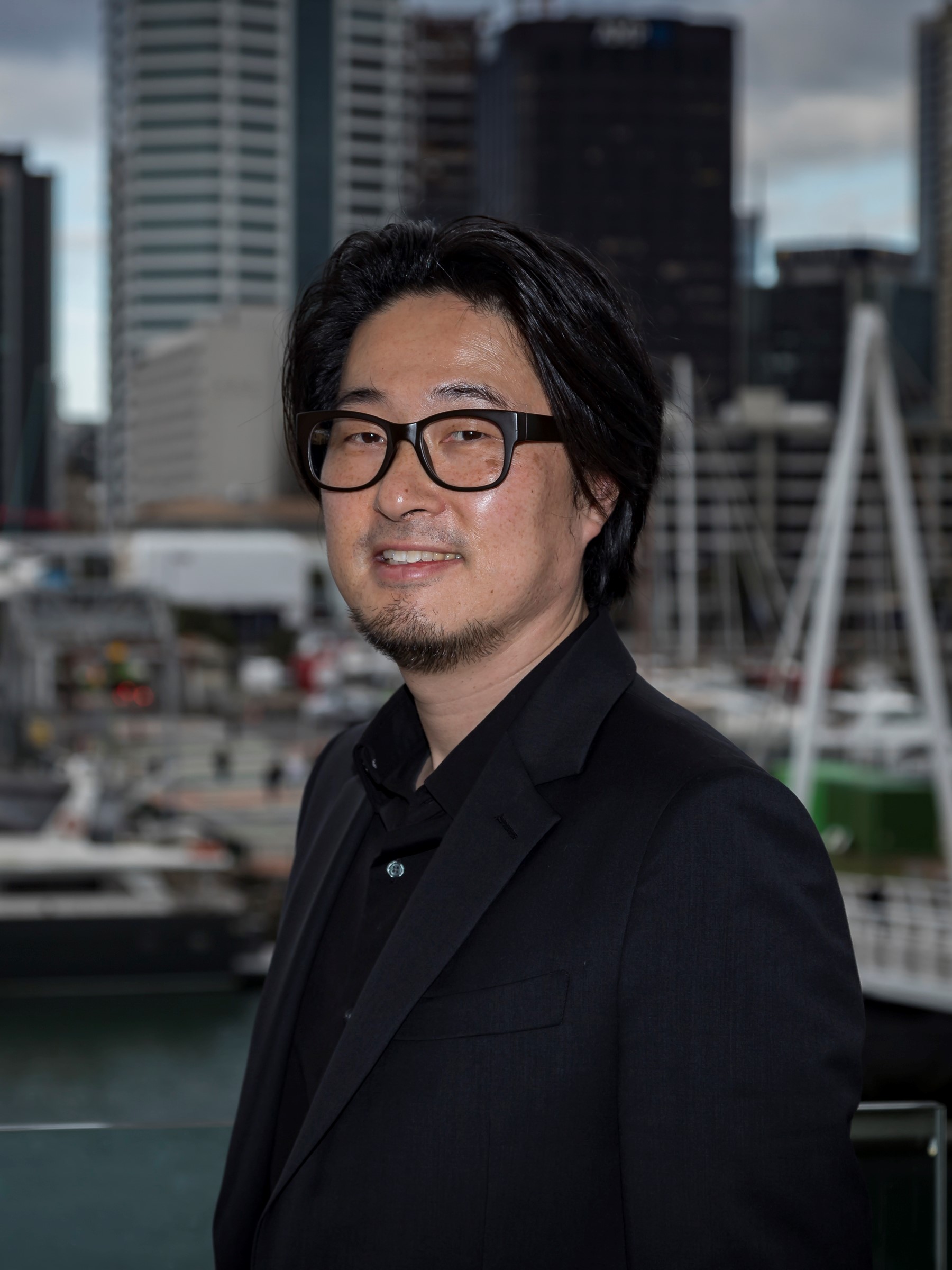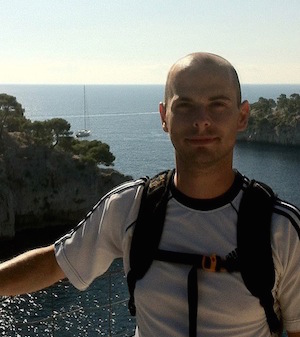Keynote Speakers

Mengjie Zhang Mengjie Zhang is a Fellow of Royal Society of New Zealand, a Fellow of IEEE, an IEEE Distinguished Lecturer, currently Professor of Computer Science at Victoria University of Wellington, where he heads the interdisciplinary Evolutionary Computation Research Group. He is a member of the University Academic Board, a member of the University Postgraduate Scholarships Committee, a member of the Faculty of Graduate Research Board at the University, Associate Dean (Research and Innovation) in the Wellington Faculty of Engineering, and Chair of the Research Committee of the Faculty of Engineering and School of Engineering and Computer Science.
His research is mainly focused on artificial intelligence (AI), machine learning and big data, particularly in evolutionary computation and learning (using genetic programming, particle swarm optimisation and learning classifier systems), feature selection/construction and big dimensionality reduction, computer vision and image processing, job shop scheduling and resource allocation, multi-objective optimisation, classification with unbalanced data and missing data, and evolutionary deep learning and transfer learning. Prof Zhang has published over 500 research papers in refereed international journals and conferences in these areas. He has been serving as an associated editor or editorial board member for over ten international journals including IEEE Transactions on Evolutionary Computation, IEEE Transactions on Cybernetics, IEEE Transactions on Emergent Topics in Computational Intelligence, ACM Transactions on Evolutionary Learning and Optimisation, the Evolutionary Computation Journal (MIT Press), Genetic Programming and Evolvable Machines (Springer), Applied Soft Computing, Natural Computing, and Engineering Applications of Artificial Intelligence, and as a reviewer of over 30 international journals. He has been involving major AI and EC conferences such as GECCO, IEEE CEC, EvoStar, AAAI, PRICAI, PAKDD, AusAI, IEEE SSCI and SEAL as a Chair. He has also been serving as a steering committee member and a program committee member for over 100 international conferences. Since 2007, he has been listed as one of the top ten (currently No. 4) world genetic programming researchers by the GP bibliography (http://www.cs.bham.ac.uk/~wbl/biblio/gp-html/index.html).
Prof Zhang is the (immediate) past Chair of the IEEE CIS Intelligent Systems Applications, the IEEE CIS Emergent Technologies Technical Committee and the IEEE CIS Evolutionary Computation Technical Committee, a vice-chair of the IEEE CIS Task Force on Evolutionary Feature Selection and Construction, a vice-chair of the IEEE CIS Task Force on Evolutionary Computer Vision and Image Processing, and the founding chair of the IEEE Computational Intelligence Chapter in New Zealand.

A/Prof. Taehyun James (TJ) Rhee is a director of the Computational Media Innovation Centre (CMIC) at Wellington Faculty of Engineering, and Associate Professor at Victoria University of Wellington, New Zealand.
He is a founder of the Victoria Computer Graphics Programme, founder/director of the Victoria Computer Graphics Research Lab, and a founder of the Mixed Reality startup, DreamFlux. His current research activities are focused on developing future media technology and platform; cinematic XR including real-time lighting, rendering, composition in virtual, augmented, and mixed reality; virtual teleportation; immersive remote collaboration; immersive visualization and interaction; and human digital content interaction. He is highly interested in prototyping the research outcome into potential commercial products and platforms; a winner of 2018 Researcher Entrepreneur Award by Kiwinet. He is serving for the Computer Graphics community as a conference chair of Pacific Graphics 2020 and 2021, executive committee of Asia Graphics Association, and SIGGRAPH Asia 2018 Virtual and Augmented Reality programme chair. Before joining Victoria in 2012, he was a principal researcher and senior manager in the Mixed Reality Group, Future IT Centre at Samsung (2008-2012). He was also a senior researcher/researcher of Research Innovation Center at Samsung Electronics (1996-2003).
Karan Singh is a Professor of Computer Science at the University of Toronto. He co-directs a globally reputed graphics and HCI lab, DGP, has over 100 peer-reviewed publications, and has supervised over 40 MS/PhD theses. His research interests lie in interactive graphics, spanning art and visual perception, geometric design and fabrication, character animation and anatomy, and interaction techniques for mobile, Augmented and Virtual Reality (AR/VR). He has been a technical lead for the Oscar award winning software Maya and was the R&D Director for the 2004 Oscar winning animated short Ryan. He has co-founded multiple companies including Arcestra (architectural design), JALI (facial animation), and JanusVR (Virtual Reality).
ACM involvement:- ACM SIGGRAPH student volunteer in 1992
- Pioneer member of ACM SIGGRAPH and SIGCHI since 2002
- Program or conference chair of ACM sponsored conferences Symposium of Computer Animation (SCA 2002), Symposium of Applied Perception (SAP 2014), and Sketch-Based Interfaces and Modeling (SBIM 2008 and SBIM 2012)

Andrea Tagliasacchi is a staff research scientist at Google Brain and an adjunct faculty in the computer science department at the University of Toronto. His research focuses on 3D perception, which lies at the intersection of computer vision, computer graphics and machine learning. In 2018, he was invited to join Google Daydream as a visiting faculty and eventually joined Google full time in 2019. Before joining Google, he was an assistant professor at the University of Victoria (2015-2017), where he held the "Industrial Research Chair in 3D Sensing". His alma mater include EPFL (postdoc) SFU (PhD, NSERC Alexander Graham Bell fellow) and Politecnico di Milano (MSc, gold medalist).
Log In